Coquette, mob wife, downtown girl, blokette, acubi and coastal grandma are just a few of the aesthetics that have become popular over the past few years. With new aesthetics being marketed constantly, a question arises: is the increasing amount of aesthetics becoming too much? While aesthetics inherently are not bad, the main issue with “aesthetic culture” is the commodification and extreme rigidity of aesthetics.
Aesthetics are just visual elements, such as clothes and decorations, that cohesively convey a theme. For instance, the aesthetic “cottagecore,” which embodies an ideal rural life, was just motifs of people exploring forests, running through flower fields or picking berries in a flowy maxi skirt. However, as more people obsessed over these idealized lifestyles, things began to change— social media pages became flooded with guides on how to dress, live and act according to these aesthetics. Suddenly, an aesthetic that was once pictures posted on social media following a similar theme was suddenly catalogs of where exactly to buy clothes to fit in.
Clothing brands have begun to take advantage of the increasing popularity of aesthetics and microtrends by marketing them as aspirations and products that must be bought. Popular clothing brands such as Cider and Pretty Little Thing have sections on their website that group clothing into certain aesthetics to make buying into an aesthetic easier for customers. A search on Amazon for almost any aesthetic will bring up endless amounts of products targeted at that aesthetic. Businesses know that consumers will buy anything if it’ll help them fit in, so they are marketing millions of items as part of these aesthetics in hopes that people will buy them to better align with their aesthetic.
Since businesses have begun to market aesthetics as trends, the commodification of aesthetics has risen. The coquette aesthetic was one of the most recent examples of this, with bows and ribbons being added to endless amounts of items. It became a sort of “rule” that one had to dress ultra-feminine, with accessories such as lace or bows, to truly fit into that aesthetic. Companies got word of this new era of hyper-femininity, defined by motifs such as light pink frilly bows, and mass-produced millions of products to appeal to those wanting to be “coquette.” Suddenly, bows and lace were everywhere, sealing their fate as a soon-to-be dead microtrend. This is just one example of an aesthetic that has been marketed into a trend, with “clean girl” being other examples.
Sonya Hilbert (‘25), the president of Green Hope’s Fashion and Design Club, explained the marketing strategies that companies employ to maximize their trend-based sales. “These clothing companies have found a way to grab their consumers and it’s through acceptance.” When asked if she believed that aesthetics limit people’s ability to stay true to themselves, Hilbert argued that if we didn’t live in a capitalist society where profit is the main concern, then no, aesthetics would not interfere with people’s ability to stay true to themselves. Rather, she explained that aesthetics would serve as labels to help guide people to their own style. However, with companies’ emphasis on commercialization, this is not the case. “In reality, aesthetics are leveraged to promote consumption. That’s why there are a million new aesthetics every month that influencers try to promote.”
For teens who are still experimenting with their personal style, it can be overwhelming trying to stay true to one’s self when new aesthetics are being marketed daily. As companies have marketed aesthetics as something that can be easily attained through buying specific items, aesthetic culture has become somewhat exclusive, running on the notion that one can fit into an aesthetic only by buying specific products.
Hilbert and vice president of Green Hope’s Fashion and Design Club, Alexis Roberts (‘26), shared their experiences with finding their styles and some tips for how to balance keeping up with trends with staying true to oneself.
Hilbert described being pressured to dress in alignment with whatever aesthetic was trending when she was in middle school. However, she learned to remove herself from situations where she may feel pressured to be influenced by microtrends. Over the last few years, she learned that in an environment where trends are constantly pushed upon consumers, it’s ok to have personal style and not follow every trend perfectly— or even follow them at all.
Similarly, Roberts shared her experiences with feeling pressured to conform to trending aesthetics, especially during times when she was struggling with insecurities. She experimented with different aesthetics until she found her personal style and believes that experimentation is part of the journey to self-discovery. “Aesthetics help people find themselves and maybe it [the aesthetic] will stick and maybe it won’t but what I like to think is in the moment, you were expressing yourself in the way that made you feel secure in your identity.” For example, during her freshman year, Roberts sported a red mullet and “emo” clothing, a style completely different from what she wears today. She believes that people’s aesthetics “shift with who they are” and that’s completely normal. However, she still encourages people to be cautious of giving into microtrends and focus on finding their own style.
Although aesthetics were originally intended to help people find a community of others with similar styles, over the past few years they’ve become catalogs of commodities made to help businesses increase profits. In a time where it can feel like the only way to be accepted is to dress in accordance with the trending style, it’s important to keep in mind that it’s okay to have a unique style and dress in a way that aligns with one’s identity— even if it isn’t the aesthetic that’s currently trending.

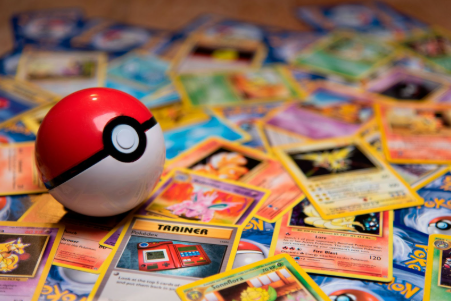

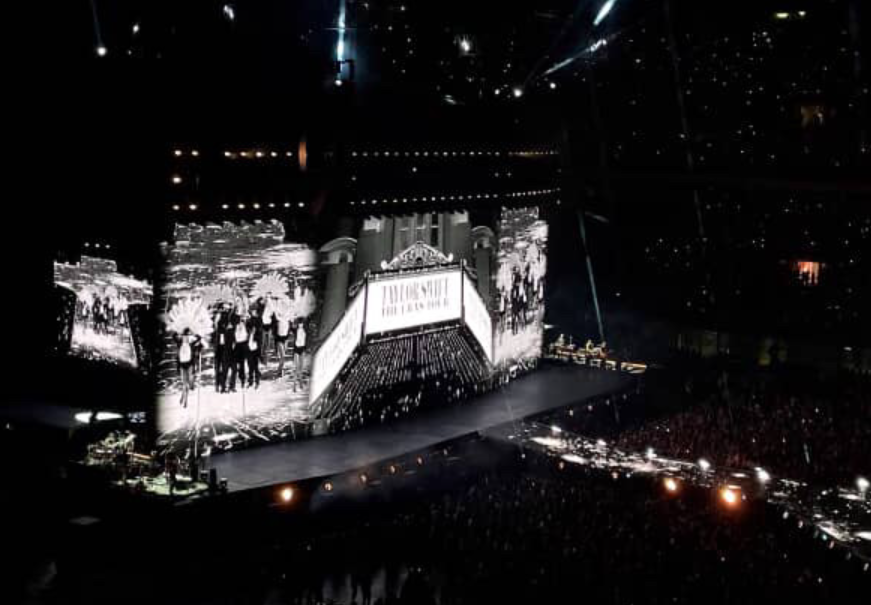

















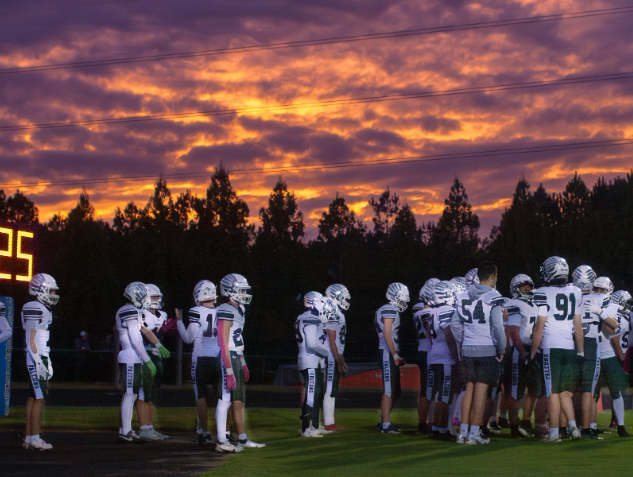
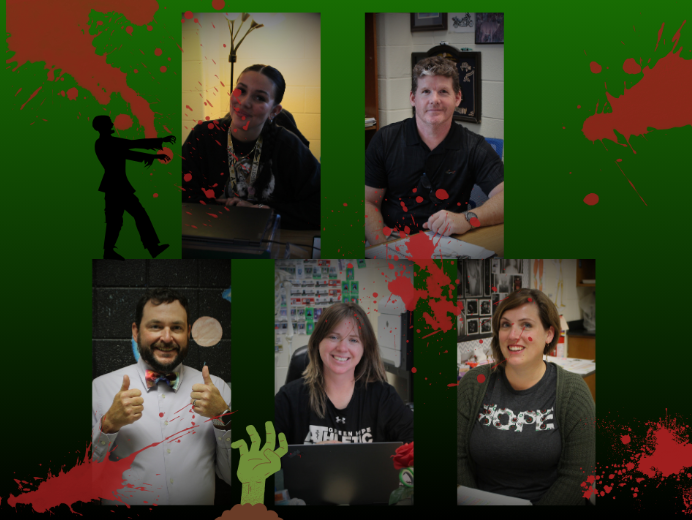

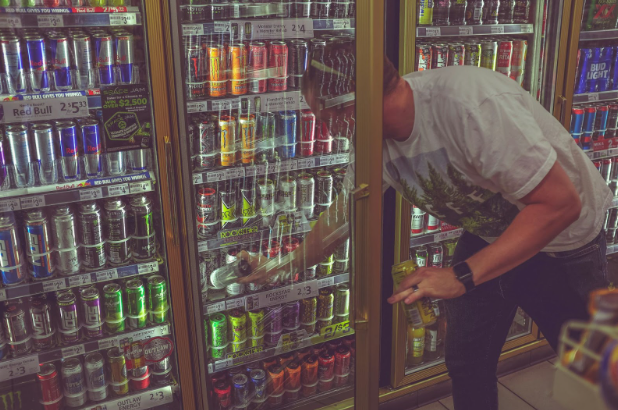
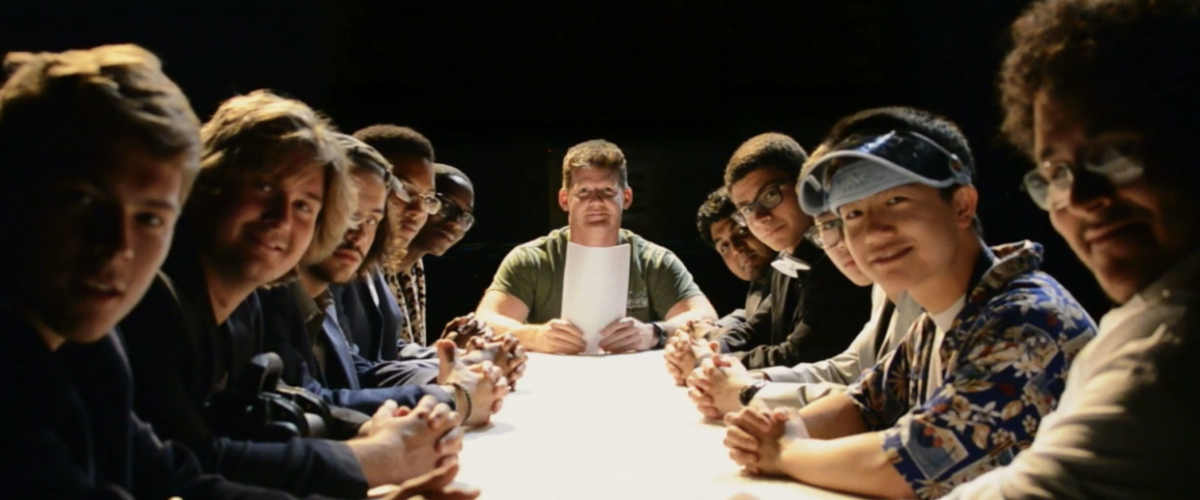





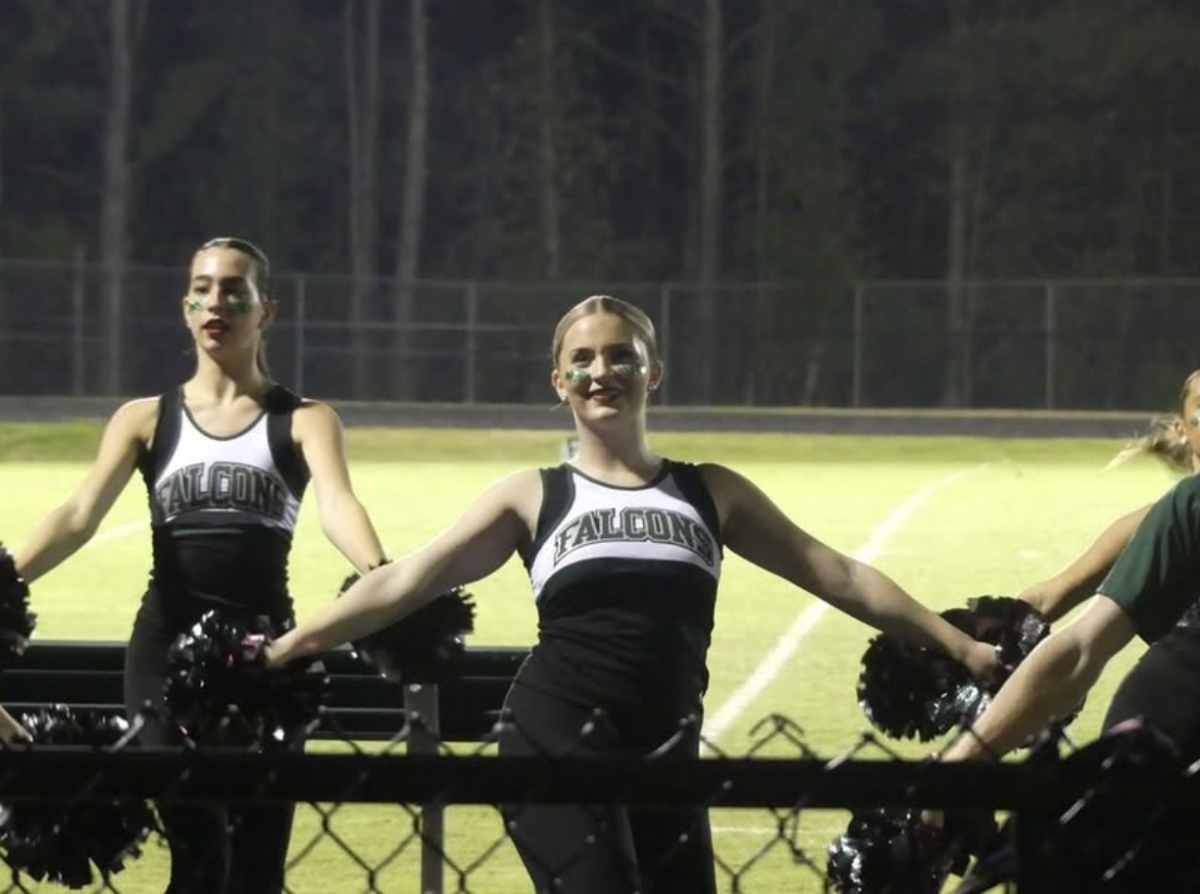
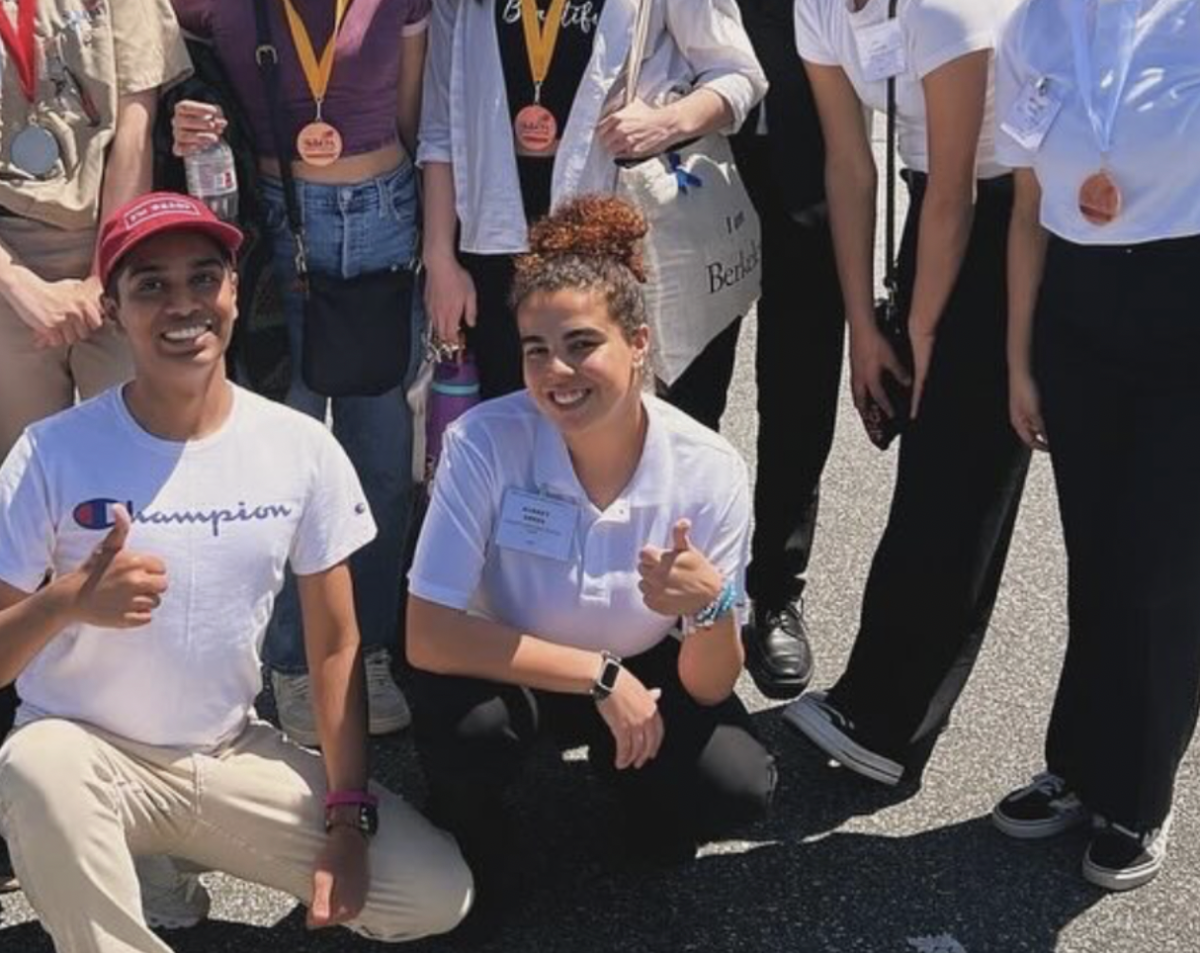


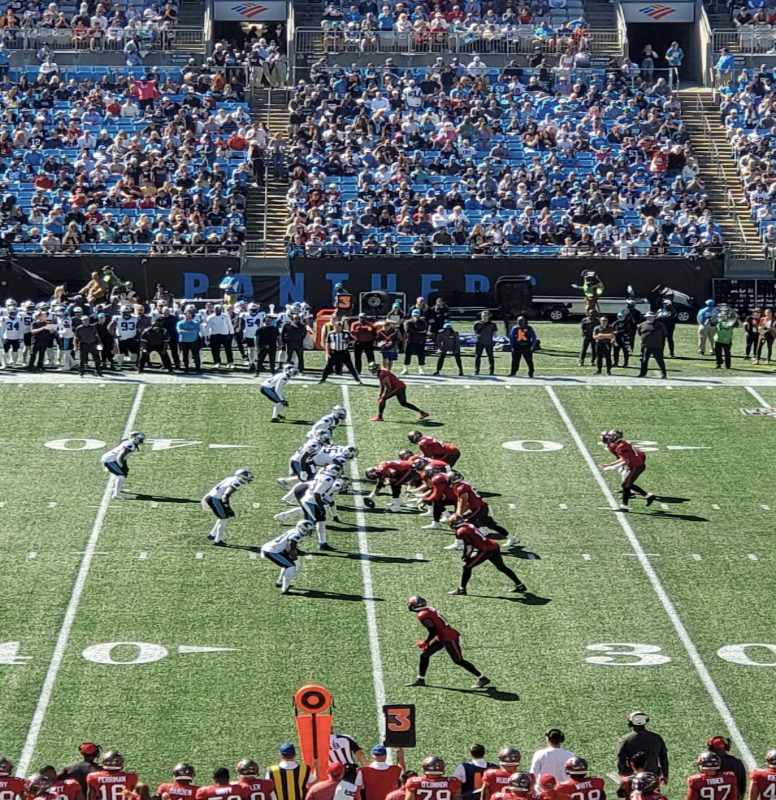





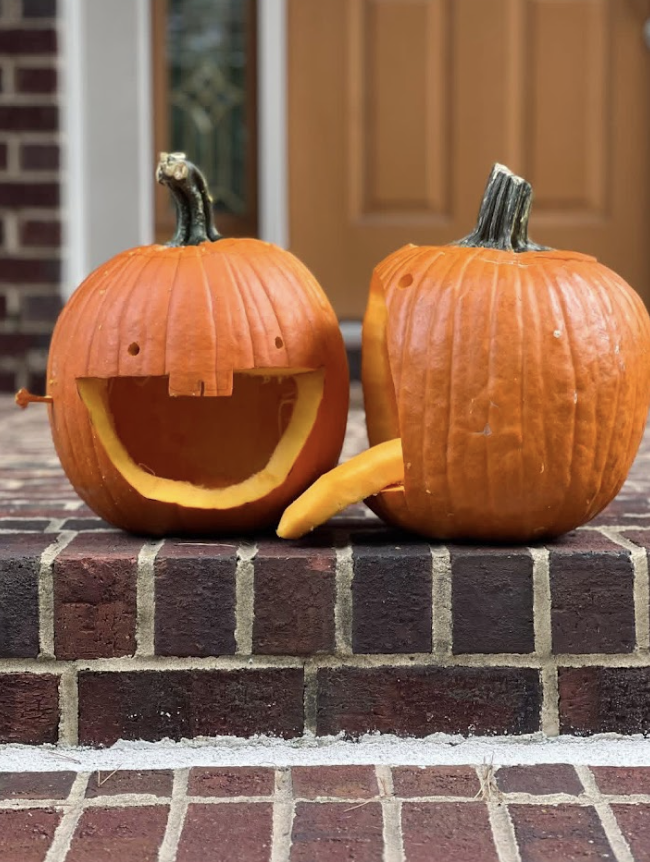


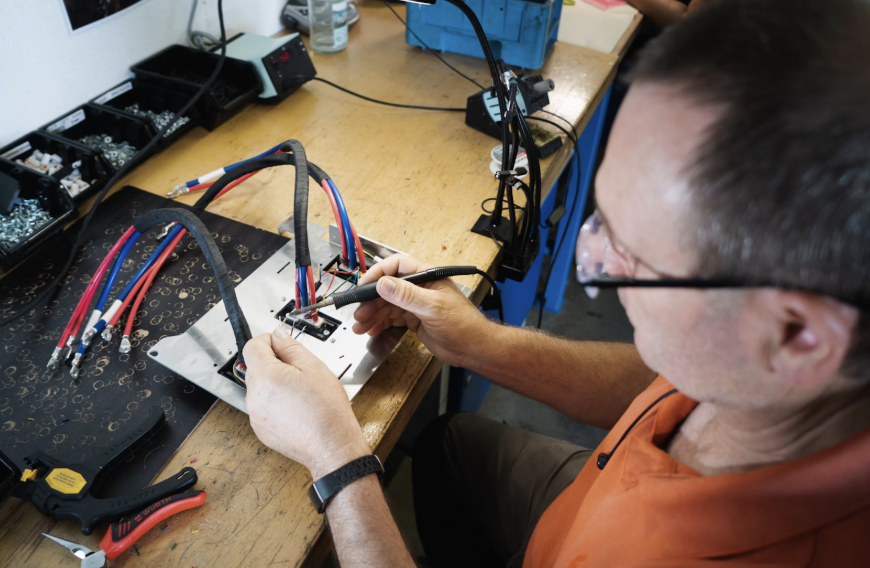






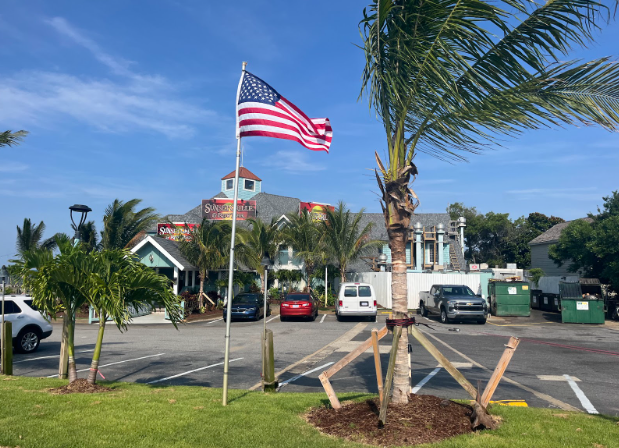




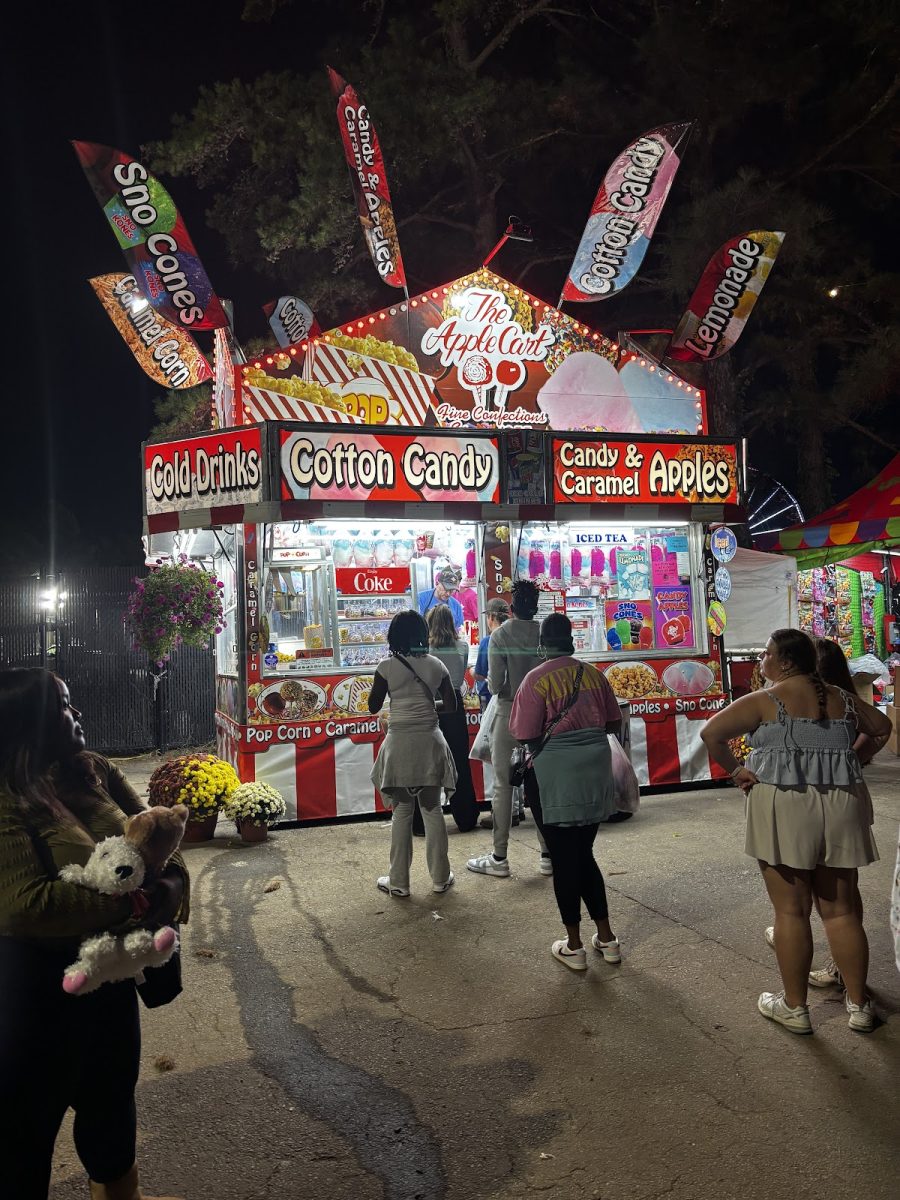








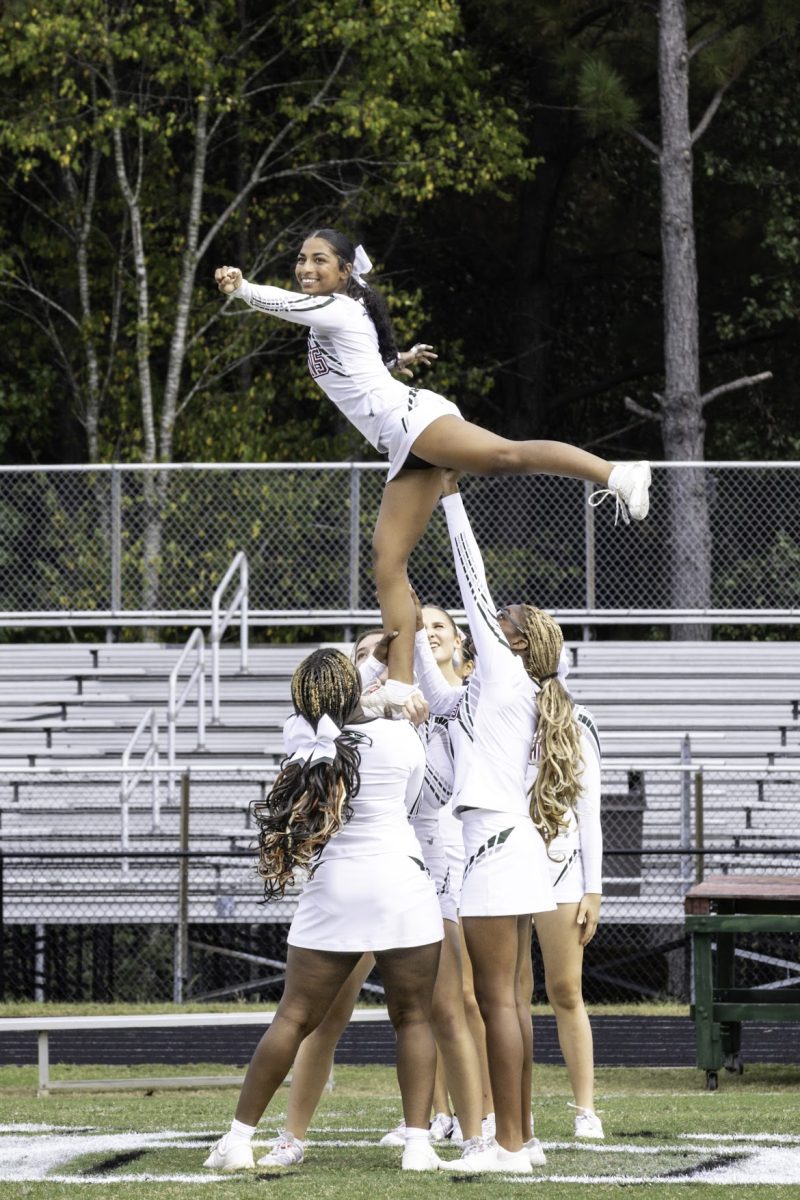

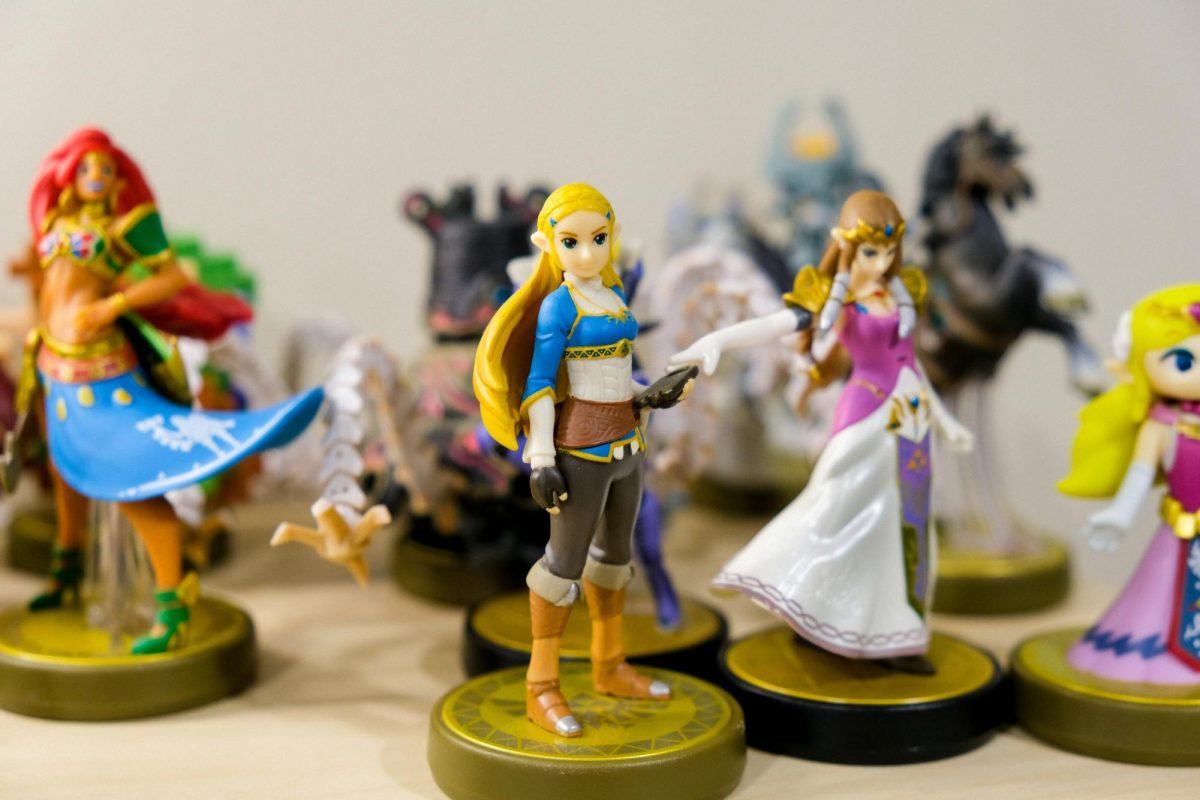


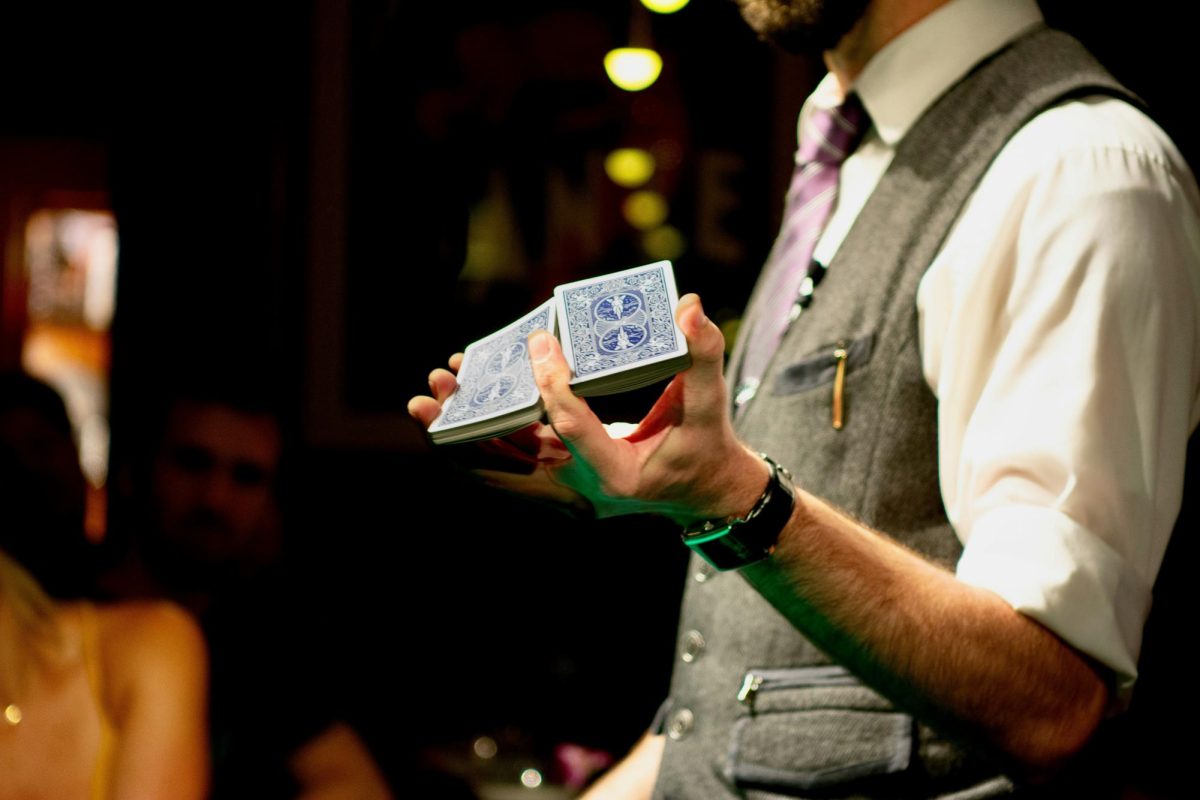
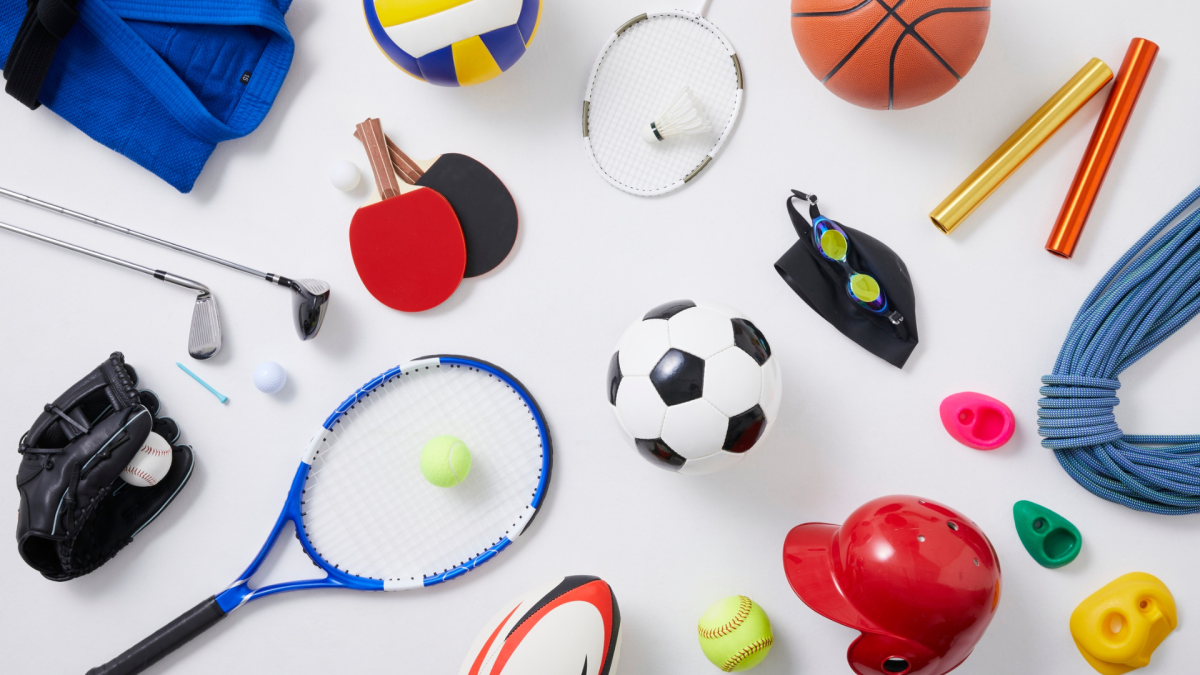
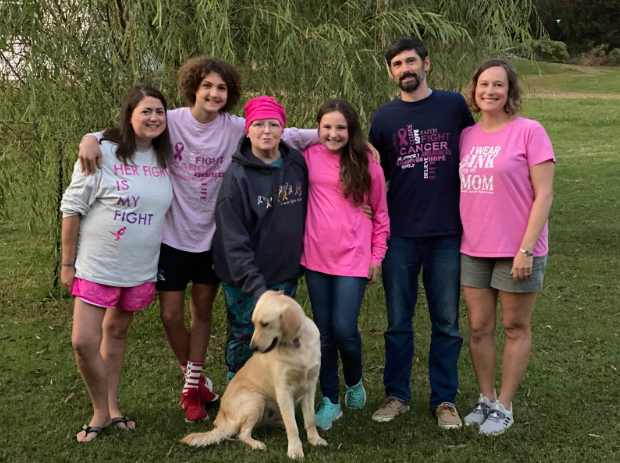



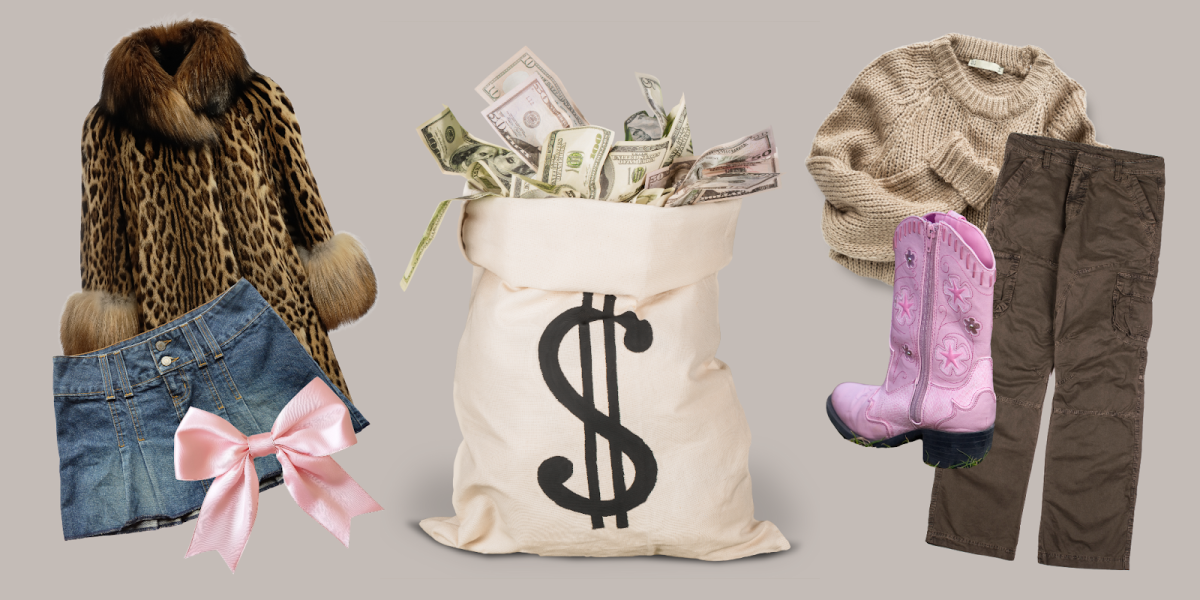
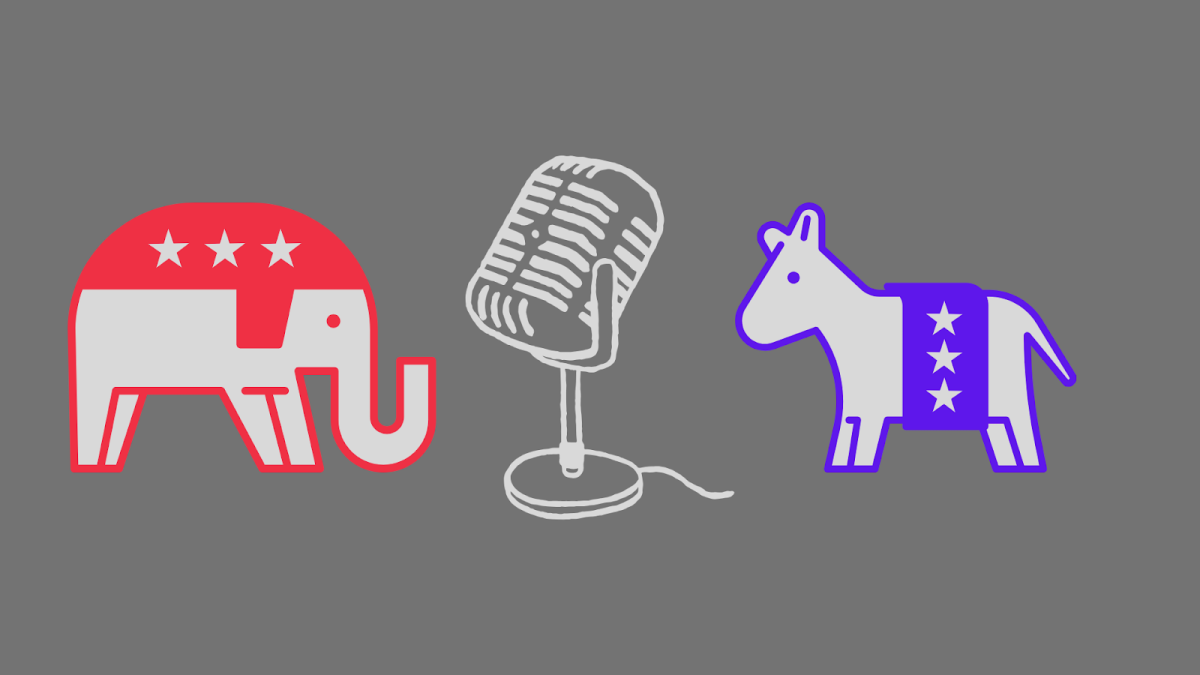

Clyde Schmitz • Feb 9, 2025 at 1:44 pm
If feel like I was reading an article that should or could be in the “New Yorker Magazine”